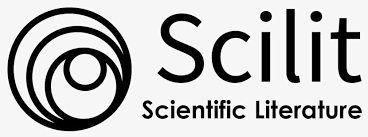ANALISIS KUALITAS CITRA ANATOMI MSCT UROGRAPHY DENGAN VARIASI INTERATIVE MODEL RECONTRUCTION (IMR)
Abstract
Background: The urinary system consists of two kidneys and ureters, urinary bladder, and urethra. Various modalities in radiology can be used to radiologically detect abnormalities in the urinary system, one of which is MSCT. MSCT Urography with tracking technique can identify urolithiasis in the ureters. Iterative reconstruction is used to reduce the dose received by the patient without reducing image quality. Iterative Model Reconstruction (IMR) is the second-generation IR algorithm from the previous generation, namely iDose (Philips Healthcare). This study aims to determine the optimal anatomy image quality with IMR variations on non-contra Urography MSCT images using tracking techniques.
Methods: This type of research is an experiment with data obtained from a comparison of the quality of anatomical images from tracking images with IMR variations. Place of data collection at the Radiology Installation of RSUD RAA Soewondo Pati. Time for data collection From 2022. An assessment of the quality of the anatomical images was carried out by 2 radiologists. Data analysis was carried out using the Friedman statistical test method. The level of significance (level of significance) is 95% or α> 0.05 and is done by assessing the p-value. For a significant level of assessment p <0.05 then Ho is rejected and p> 0.05 then Ho is accepted.
Results: There are differences in information on each anatomy of the renal parenchyma, pelvic calices, ureters, and perirenal space in the use of IMR variations. The results showed that the optimal IMR variation value was IMR 3 with a mean rank value of 2.7. Increasing the use of IMR levels reduces noise and increases spatial resolution, so that IMR level 3 has the best assessment of anatomical information.
Conclusions: We recommend that the non-contrast MSCT Urography examination with the Tracking Technique use IMR 3 which can produce optimal anatomical image information on the kidney parenchyma, pelvic calices, ureters, and perirenal space.










